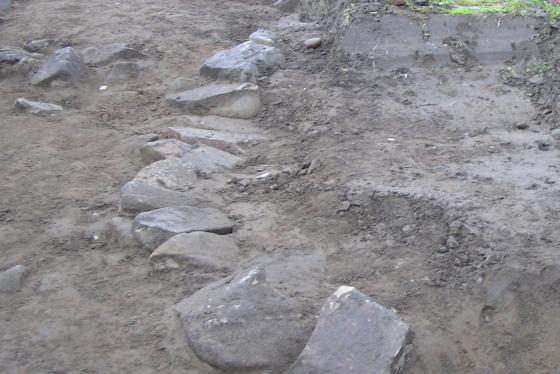Cairns and stones circles have often been recycled for places of execution, courts, towers, beacons, bases for crosses, roads, houses etc etc. This is the first one I’ve seen rebuilt into a windmill on the spot where it stood. Originally a stone circle probably surrounded the cairn, also in the same field, to the west, a barrow stood. Wonderful views to the Moray Firth and south to Durn Hill.
Situated to the north of the A98 between Portsoy and Cullen just east of the Sandend junction. Pull in at the Glasshaugh Distillery (tragically closed, or it looked closed as it was deserted). The unusual remains of the cairn are in the field to the west.
Visited 15/5/2012.




































































